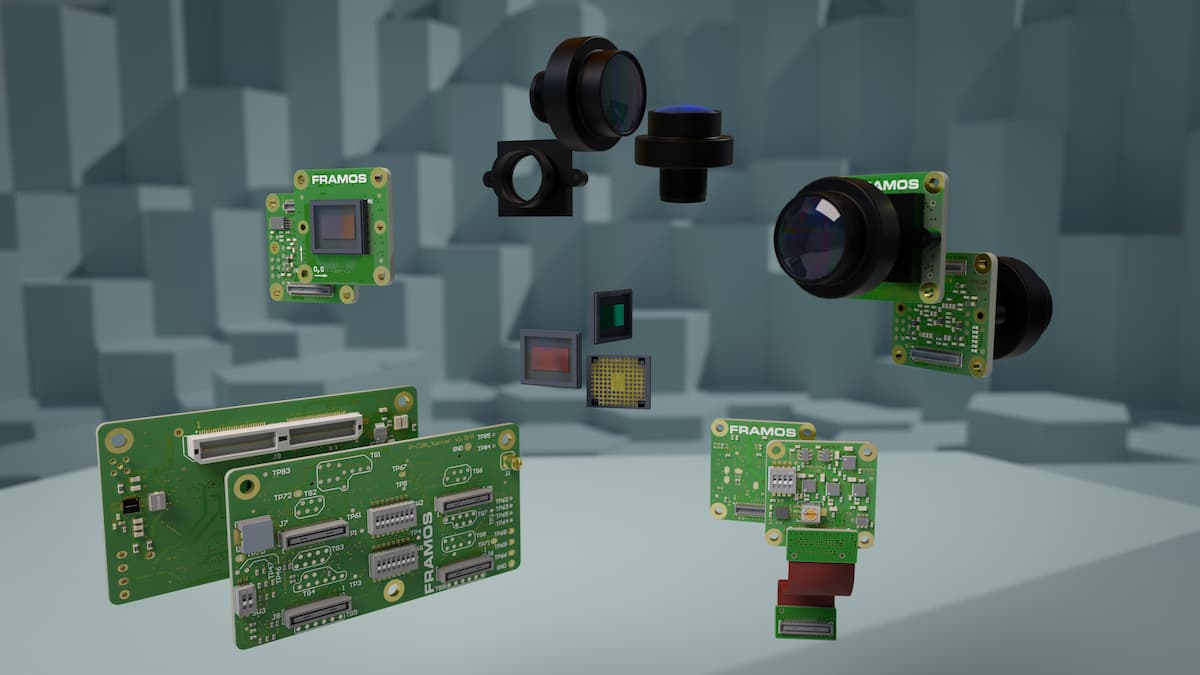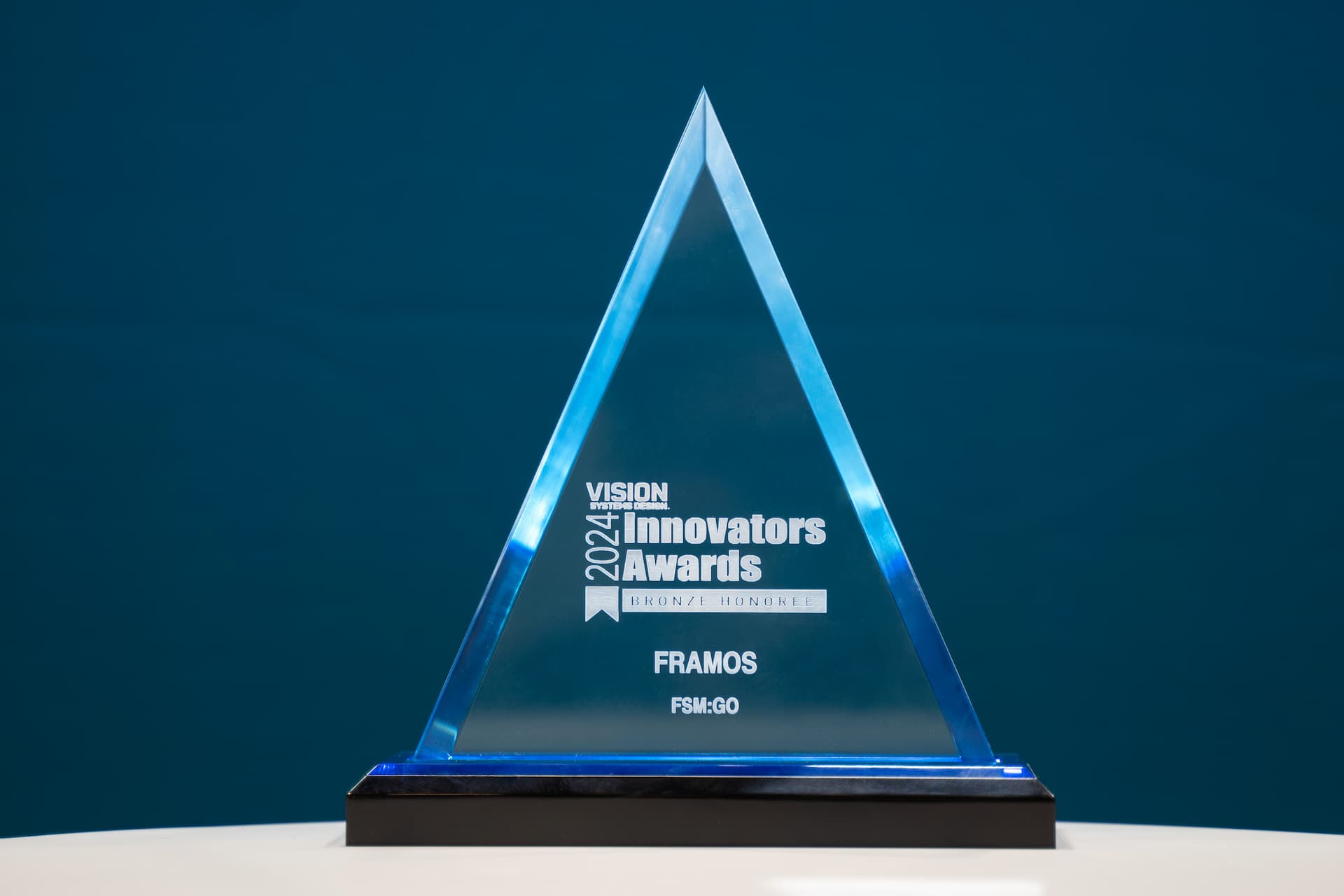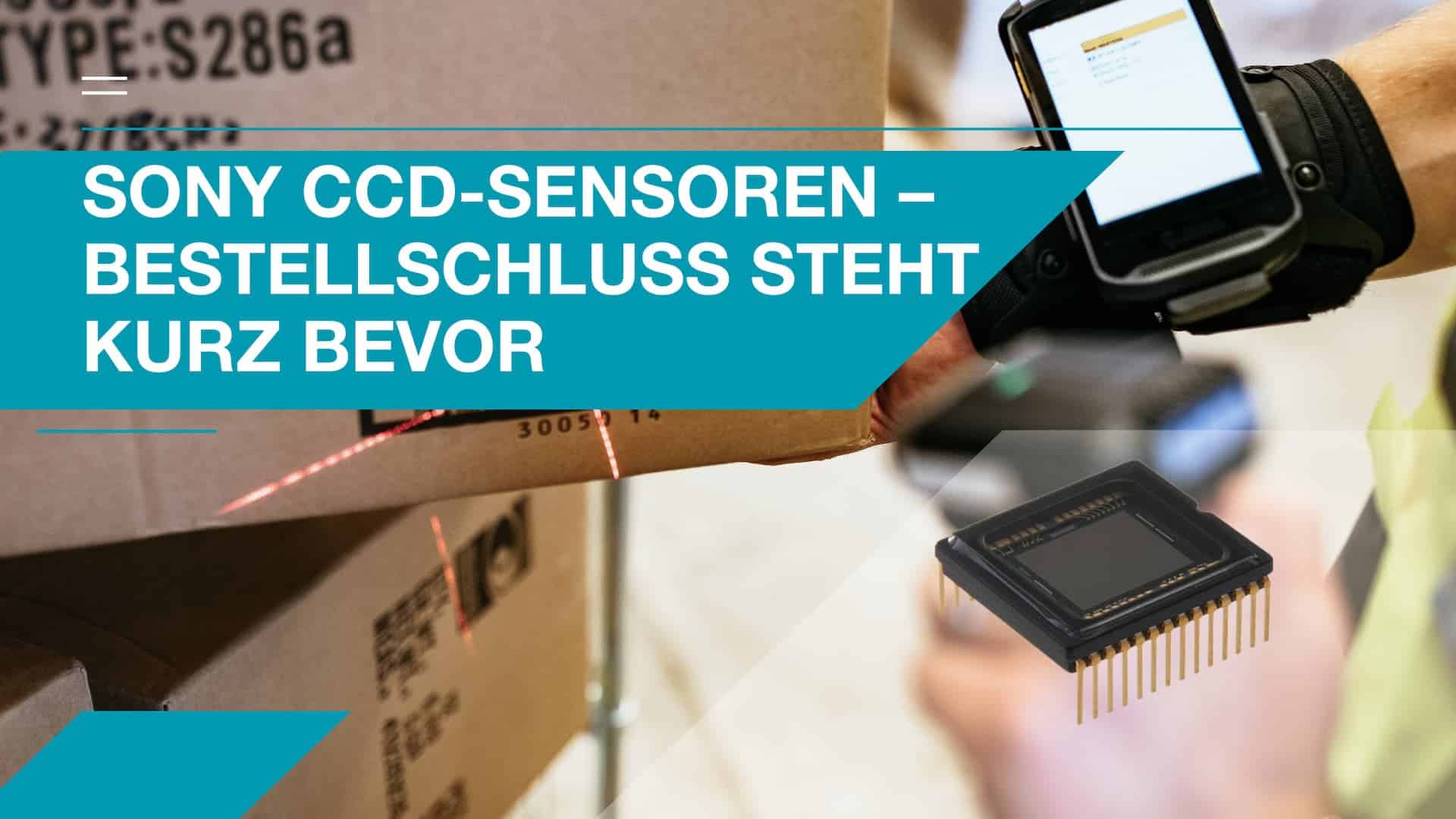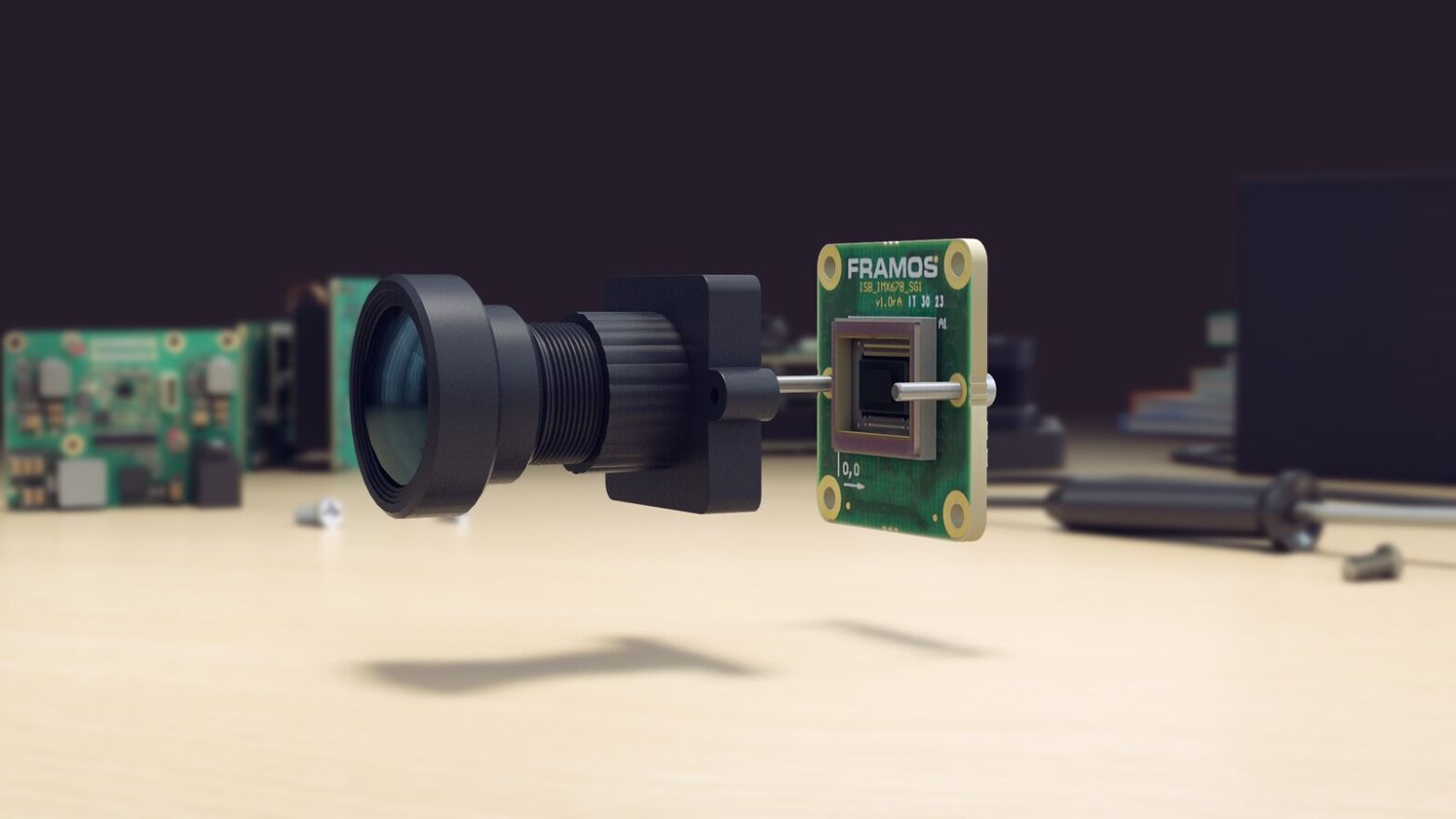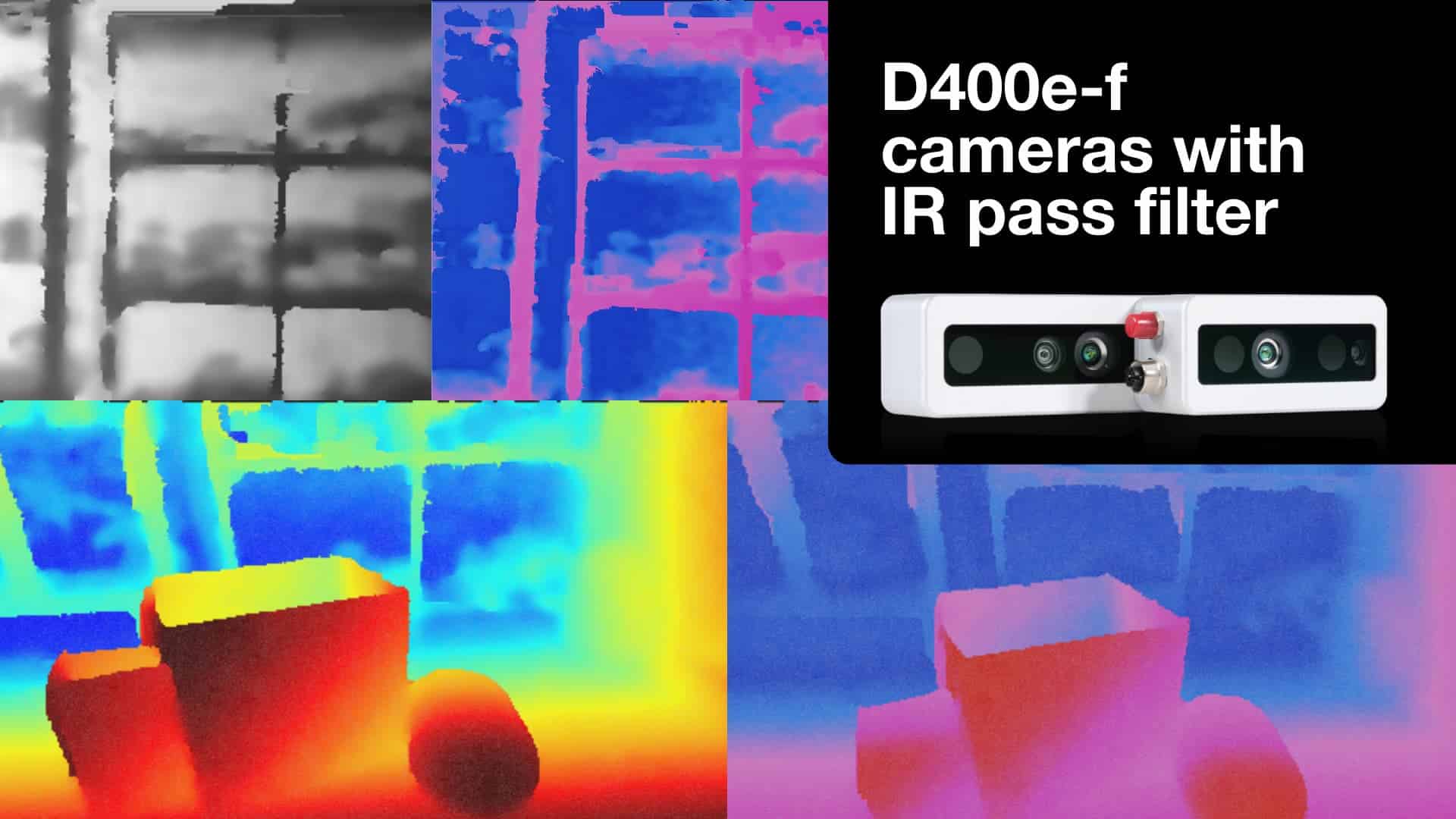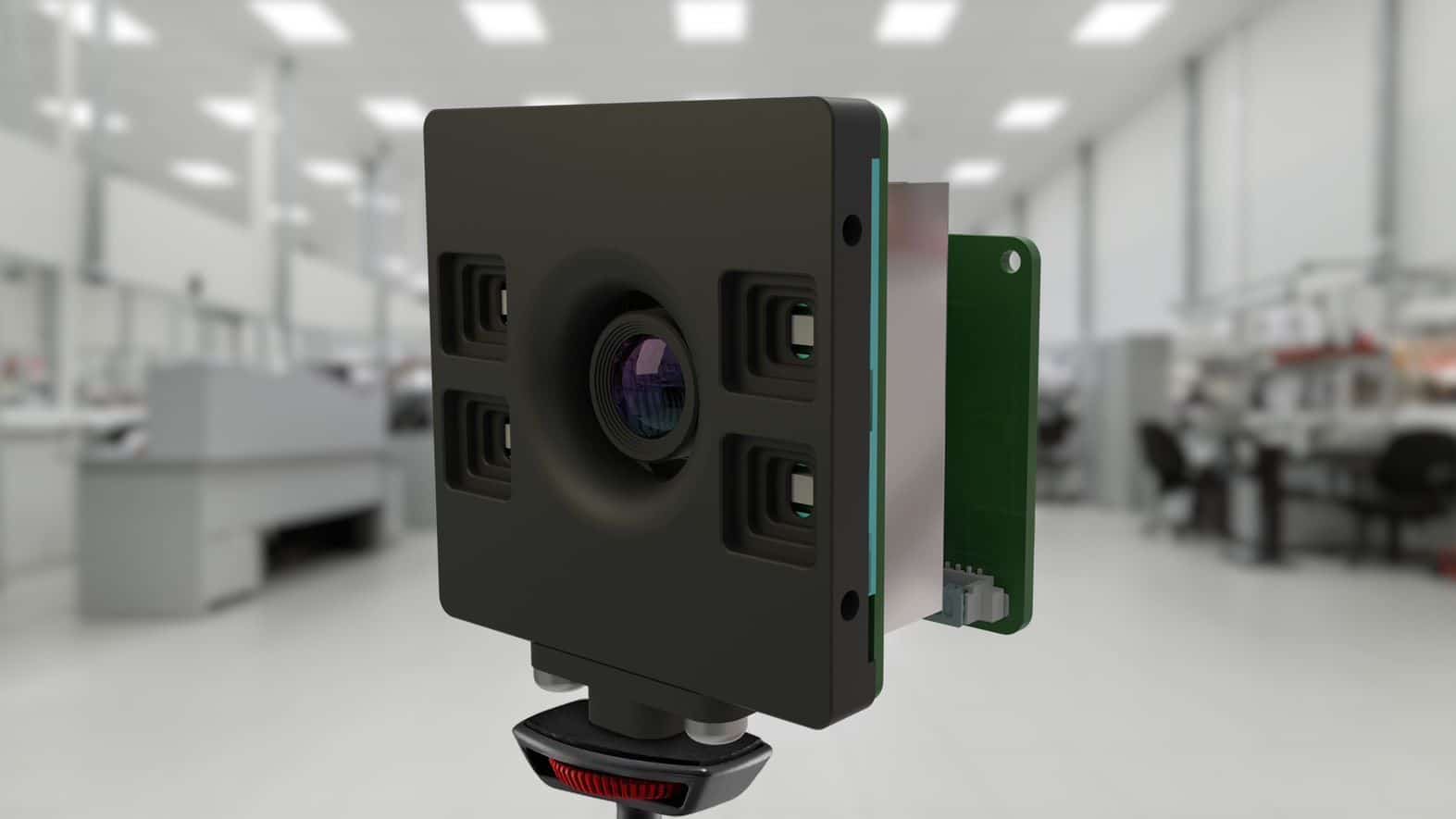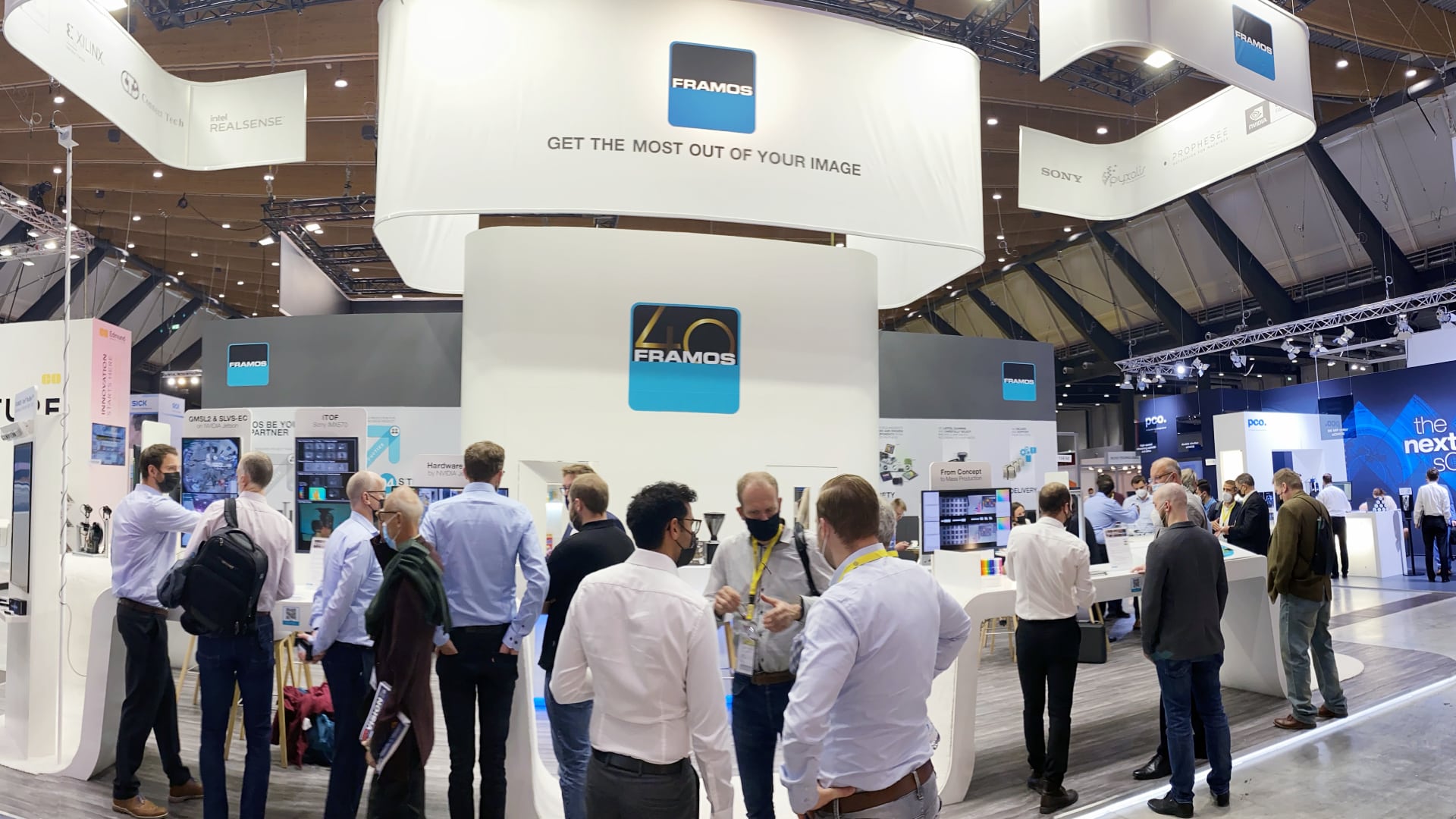All vision systems share the same core components. They may not be engineered as the discrete modules depicted in this infographic, but they will share the same key parts, functionality, and connectivity.
When making a decision to build or to buy a vision system, it’s important to understand and consider each of these components. The design requirements for these components are interdependent, so the design process usually begins with the selection of an image sensor that best suits the intended application of the system you are developing.
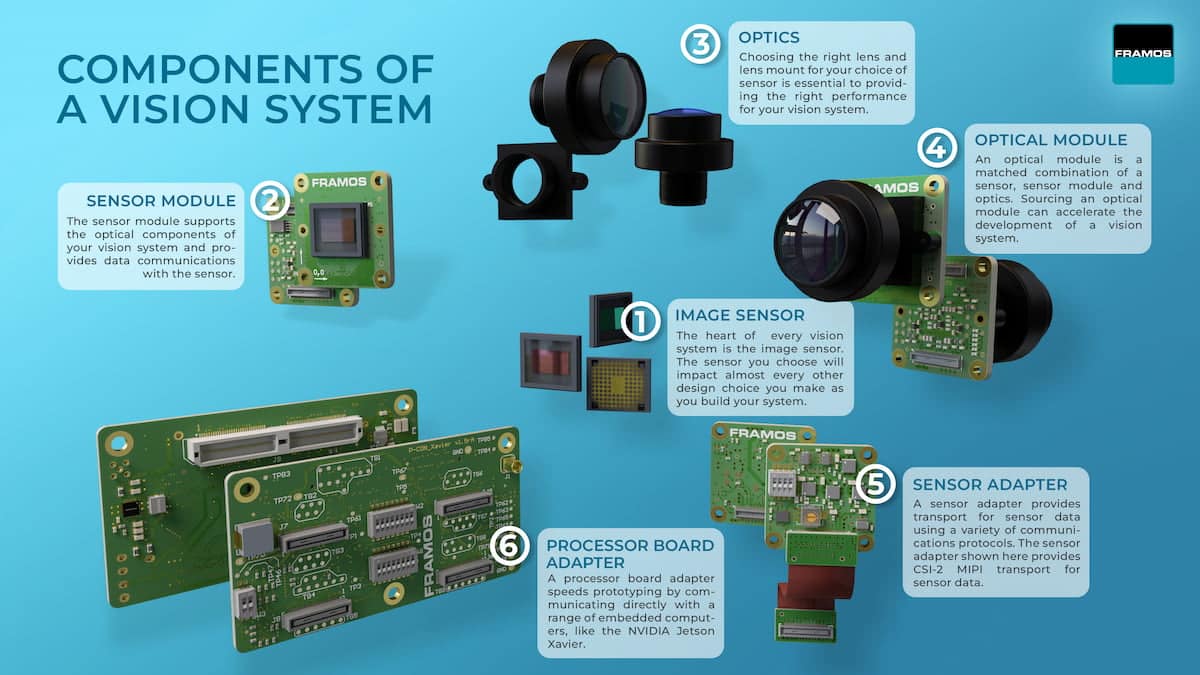
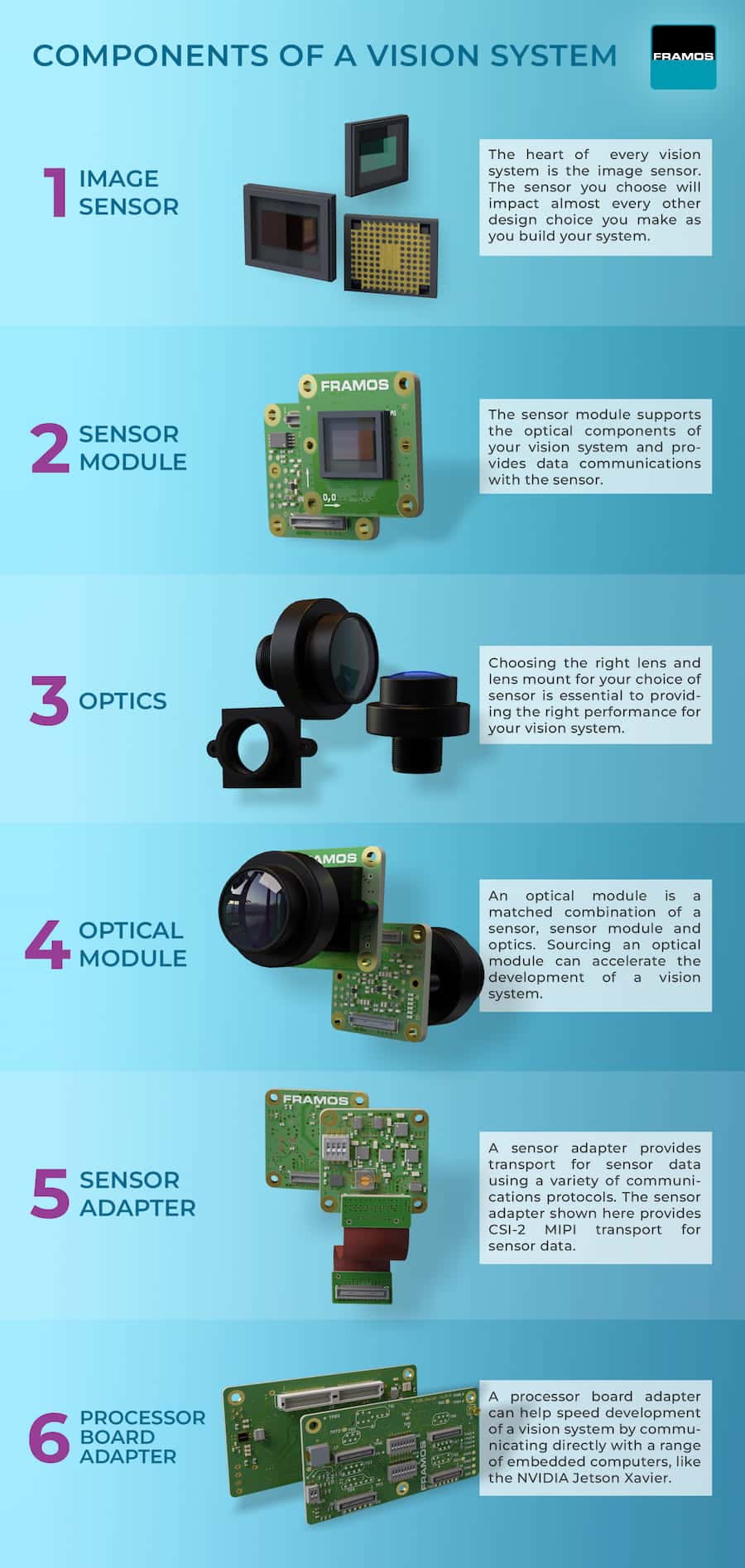
IMAGE SENSOR
The sensor you choose will impact almost every other design choice you make as you build your system. The image sensor provides the core functionality for the vision system, and will establish the requirements for the optics design, and data transport.
Some 3D sensing technologies use multiple image sensors mounted side-by-side to create a stereographic image.
There are a range of factors to consider when selecting an image sensor, starting the with the required operating spectrum of the sensor:
- Is your vision system intended for use in visible light, ultraviolet, or short-wave infrared?
- Will your vision system be operating under controlled conditions or outside?
- Will your vision system be required to operate in low light conditions?
In addition to your required image resolution, you must consider the required image acquisition speed and frame rate, and whether your application require a global shutter – to capture high-speed motion – or a rolling shutter sensor for lower cost and higher available resolutions.
If your answers to these questions look like a lot of other people’s answers, and your sensor selection is fairly typical of other cameras and camera modules, you may choose to look for an off-the-shelf solution for your vision system, but if you have very specific requirements, the better choice might be to build at least part of your solution yourself.
SENSOR MODULE
The sensor module is a key component of any vision system. It not only acts as a substrate for the sensor and lens mount, but must also provide access to the data lines on the sensor, and a physical connection to an appropriate sensor adapter for the data communications protocol employed in your vision system to get the raw image data from the image sensor to an image processor or image processor adapter.
Sensor module are designed so engineers can quickly build a prototype and a proof of concept. Later in the product development cycle, you might choose to develop your own PCB that includes only the features you need, or you might choose to integrate the sensor module into your design.
While the sensor module in your final design may not be a discreet PCB as shown here, all vision systems will require the same core functionality to “talk” to the sensor. Because of the high density of the data lines connecting to the sensor, and the requirement for a multi-layer PCB design, this component can present a high engineering cost to develop from scratch, so an off-the-shelf sensor module may be a good choice – at least during prototyping.
OPTICS
Choosing the right lens and lens mount for your choice of sensor is essential to providing the right performance for your vision system. The required lens is determined in part by the physical size of the image sensor, (and what the resulting image circle must be), and in part by the working distance of the vision system.
For example, webcams, that are typically used at a very close distance to the subject will require a wide-angle lens with a short minimum focusing distance, while security cameras are typically used at a longer working distance, and may require a zoom capability. The type and size of the required lens will determine the type of lens mount required.
Some specialized applications will dictate your choice of optics. For example, if you are using a short-wave infrared (SWIR) sensor, you are limited to optics designed for the infrared spectrum, (ordinary glass elements absorb infrared light).
Your choice of lens will determine the type of lens mount required for your camera. The most common types are mounts for screw-mount M12 lenses and mounts for C and CS-mount lenses. There are other types of mounts for large lenses, but these are less typically used.
M12, C, and CS mounts are all screw-type mounts, and differ primarily in diameter, (12mm for M12 lenses as opposed to 25.4mm for C / CS lenses) and in the distance from the flange to the image plate, (sensor surface).
OPTICAL MODULE
Optical Modules offer an easy way to prototype and develop a vision system, and can be incorporated into the final product.
An optical module is a matched combination of a sensor, sensor module and optics that are all compatible and can be used for a specified range of working distances. The lens and lens mount are aligned with the sensor and adjusted for focus during manufacture.
Depending on the system requirements, the optical module can also include a Sensor Adapter module or a Processor Board Adapter. Sourcing an optical module can accelerate the development of a vision system.
SENSOR MODULE ADAPTER
Some vision systems may require a sensor module adapter.
A sensor adapter provides transport for sensor data using a variety of communications protocols, and generally provides a clock for system timing. Sensor adapters can take the data-stream from the sensor and adapt it for a variety of data transport protocols.
Some common data transport protocols include the mobile industry processor interface (MIPI) and MIPI cameral serial interface 2 and 3 (CSI-2 / CSI-3); gigabit multimedia serial link protocol (GMSL); and is Sony’s SLVS-EC (scalable low-voltage signaling [with] embedded clock).
Your choice of data transport protocol, and your need for a sensor module adapter will largely be determined by the application you are building your vision system for, as well as the performance requirements of the system. For example, the GMSL protocol is often used for automotive applications like rear view back-up cameras, since it allows the sensor module to communicate with the image processor over a coaxial cable up to 15m long.
PROCESSOR BOARD ADAPTER
An image processor board adapter can help speed development of a vision system by communicating directly with a range of embedded computers, like the NVIDIA Jetson Xavier.
An image processor adapter may not be part of the final production version of your vision system, but they are invaluable for prototyping and engineering vision systems.
An image processor adapter allows you to connect the optical components of your vision system to a small board computer like the Raspberry Pi, or an embedded computer like the NVIDIA Jetson series, an image processor adapter is an invaluable off-the-shelf component that can simplify your task.
Image Processor Adapters provide a variety of inputs for different data communications protocols, They’re generally designed to talk to a specific platform, whether it’s an embedded computer like the NVIDIA Jetson Orin, or a field-programmable gate array (FPGA) like the Xilinx Kintex.

